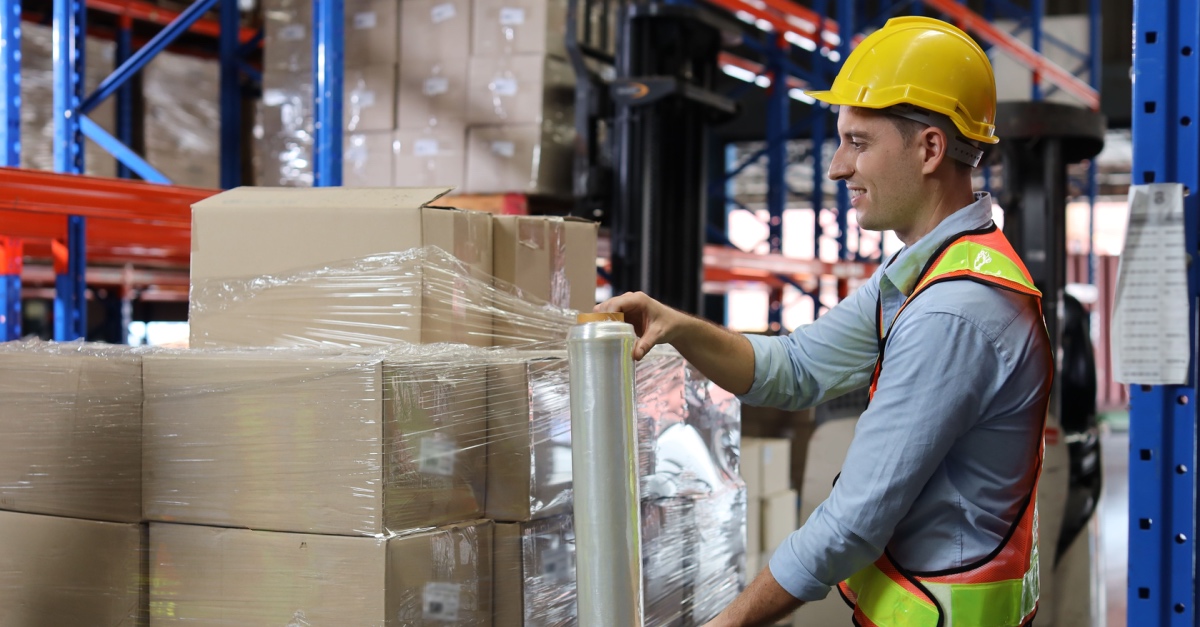

Years of liberal returns policies in e-commerce — recently dialed back but not before the behavior was ingrained — have come home to roost in the form of a tsunami of reverse logistics and associated costs.
The numbers are substantial and growing. According to the National Retail Federation, $743 billion in retail merchandise was returned in 2023, representing 14.5% of sales. The figure is higher when you break out e-commerce vs. stores: 17.6% or $247 billion of merchandise purchased online, vs. 10.02% for goods bought in a store.
Return rates are even higher in categories like apparel, ranging from 20% up to 30% or more.
Apparel shoppers have become very comfortable with “bracketing,” buying multiples of an item, keeping one and sending the rest back.
Returns play havoc with costs and reduce full-price sales, impacting the bottom line. This is especially true when a seasonal window or promotional period is missed. Companies need to find ways to rein in the frequency while making reverse logistics management more efficient.
Reverse logistics costs pile up through shipping, handling, repackaging, and refurbishment. Efficiently managing all that will reduce expenses and maintain customer satisfaction.
The concept of “free return shipping” for years has been a tried-and-true way to entice shoppers (thanks Zappos!). A 2023 study by Loop found that 79% of consumers were more likely to make a repeat purchase if free returns were offered. But economic reality has caused many to abandon the practice, or at least set minimum order thresholds to qualify.
Return shipping costs vary greatly and are difficult to manage, as there are so many variables: the distance, size, and weight of the item, and carrier rates. This is why many companies are opting to make “keep it” an option, as it’s often cheaper than the shipping cost on inexpensive items.
When a return form is completed, a “return merchandise authorization” (RMA) is issued. This verifies the item is within a warranty period or return window, and a credit can be issued. RMAs also allow retailers to track and manage returns and ensure proper handling.
Workers inspect returned goods to determine if they can be returned to stock for full-price resale, have to be marked down or get dispositioned to a wholesaler.
Many warehouses have a separate “returns corner” dedicated to processing. Because it’s such a laborious, costly process, many e-commerce companies opt to outsource returns to a logistics partner such as a 3PL or specialist firm. This is especially true when it comes to rework and light repair or cleaning needed on any returned items.
This is where a leading 3PL like Productiv, with vast experience in reverse logistics management, can really shine. For instance, an apparel brand had an immediate need to receive 179,000 returned items across 50 SKUs, sort, tag, and package them for resale through a different channel. Using its own custom sorting and usage algorithm, the Productiv operations team was able to take the mixed SKUs, and sort and repackage them by SKU for resale within two weeks.
The volume and variety of returned goods mean brands need sophisticated inventory management systems. However, the overhead, technology, and labor required add to the cost per returned item.
Productiv, with an advanced inventory management system that can be tailored to each brand, is able to address their specific requirements and mitigate the multifaceted nature of return costs.
Retailers and brands are finding creative ways to reduce returns. A good place to start is making sure product information is detailed, accurate, and up-to-date, (color, size, style, dimensions, quantities, etc.) and includes clear images.
Software can perform root cause analysis on return reason codes and prescribe corrective action, helping companies reassess and update policies and procedures
In apparel, a number of digital fitting systems allow shoppers to try on items virtually before they buy, helping reduce returns. Also, “augmented reality” tools let them see what a piece of furniture, rug, or appliance will look like in their living space.
Even if you’re successful in reducing e-commerce returns, they’re not going away, so it’s important to find ways to increase efficiency in your processes. Here are some steps to take that can help you get there.
Clearly, reverse logistics is a complex, time-consuming process that can run up substantial costs and eat into often-thin profits in e-commerce. And chances are, it’s either not a core competency in your organization, or making it more efficient has proven to be challenging.
That’s where Productiv comes in. From more affordable shipping through routing efficiency and carrier management to streamlined intake, inspection, and disposition processes, and advanced tracking, Productiv is your end-to-end reverse logistics concierge. To learn more about how we can bring process improvement and cost savings to your returns management, talk to one of our experts today!

Indicators of supply chain health are a mixed bag lately. A trade group said “normalcy” won’t be achieved in 2024, while the Fed called them “resilient.”

Warehouse labor management is such an evergreen issue, that it should have its own scientific plant name in Latin. How do we consistently find sufficient labor? How do we maintain productivity? What approach do we use?
Get ideas on how to delight your customers with delivery on their timeline.